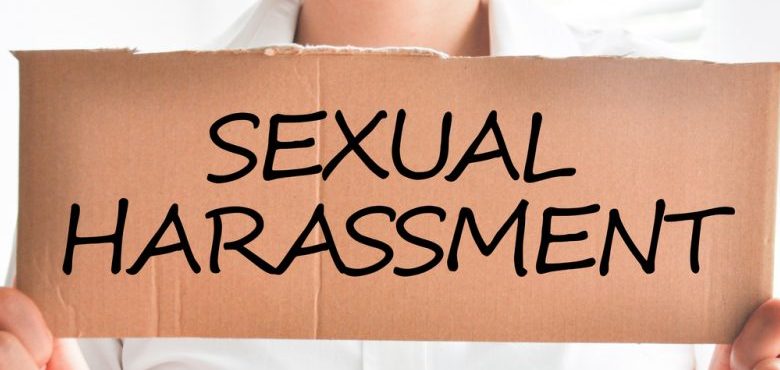
Sexual harassment and the workplace
In a perfect world, sexual harassment would never occur, let alone in the workplace, but unfortunately, that is not the case.
Sexual harassment, while it has reduced over the past decade due to a number of factors, still occurs in many workplaces. It is damaging to not only the individuals involved and their families, but to the business and the rest of the workplace as well.
One of the first steps to minimising not only the chances of harassment occurring but also the attitude employees and employers have towards those they work with is fostering an environment in which all that come into contact with the business feel safe. An office where jokes based on sex or gender are tolerated is not necessarily one that condones sexual harassment, but it is one where those likely to harass feel more comfortable in doing so.
What is obvious to some may not be obvious to others, so clarifying exactly what is and what isn’t acceptable in the workplace is a must. Understanding what the Sex Discrimination Act 1984 classifies as sexual harassment will help businesses to tailor their code of conduct appropriately.
The Sex Discrimination Act recognises sexual harassment as:
– Staring or leering
– Unnecessary familiarity, including deliberately brushing up against someone or touching
– Suggestive comments, jokes, insults or taunts of a sexual nature
– Requests for sex or sexual acts
– Intrusive questioning, in person or through technology
If an incidence of sexual harassment is reported and found to be valid, not only can the perpetrator be held accountable, but there can also be ramifications for the business or business owner.
It should be a priority of all business owners to ensure they are providing a safe workplace for all employees, not just to avoid accountability in an instance of sexual harassment, but to do the ethical and correct thing by those in their care.
You must be logged in to post a comment.

+ There are no comments
Add yours